Types of Natural Opal
The Australian Gemstone Industry Council, the Australian Gem
Industry Association (AGIA), the Gemmological Association of Australia, the
Lightning Ridge Miners Association and the Jewellers Association of Australia
have produced a system for the nomenclature and classification of
opal by the
subdivision in Opal Type and
Variety which is determined by
Body tone and
Transparency. A thorough explanation of these terms can be found here and on the
following pages.
OPAL TYPE 1
|
This type is commonly known as SOLID
opal. A single piece of opal with a more or less homogenous chemical
composition. However some parts of the piece may be
precious opal and
others may be
potch and it still may contain minor remains and
inclusions of sandstone and other non-opal materials. |
OPAL TYPE 2
|
This type is commonly known as BOULDER
opal. A layer of opal that is still naturally attached to the host rock
in which it was formed (e.g. ironstone or any other rock material). The
reason for this is that the layer of opal is usually too thin to be cut
without retaining a backing of host rock. |
OPAL TYPE 3
|
This type is commonly known as MATRIX
opal. The material consists of a conglomerate of minute grains of opal
which are diffused as fillings of pores or holes or between grains of
the host rock in which they were naturally formed e.g. Andamooka Matrix
Opal.
BOULDER MATRIX is a special form of matrix opal with a different
structure compared to the granular build-up of Andamooka Matrix Opal. It
usually shows many fine veins and small patches of opal surrounded by
host rock. |
Note: These official three types apply only to natural
opals. Other kinds or types of opal-like materials as opal imitations,
composites (e.g. doublets and triplets) and artificial or "synthetic" opals (e.g.
Gilson and Kyocera Opals which can also be considered opal imitations since they
have a slightly different composition and lack the water content compared with
natural precious opal) have no relevance in this kind of classification.
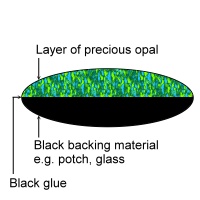 |
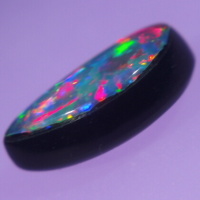 |
|
Construction of a Doublet |
Opal Doublet |
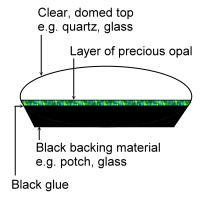 |
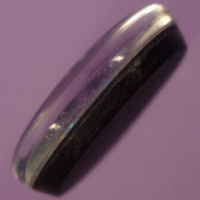 |
|
Construction of a Triplet |
Opal Triplet |
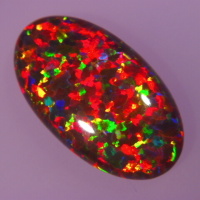 |
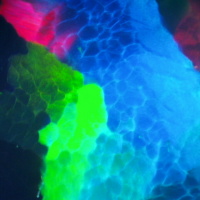 |
|
Gilson Black Opal |
Chicken wire or lizard skin
structure in Gilson Opal |
|